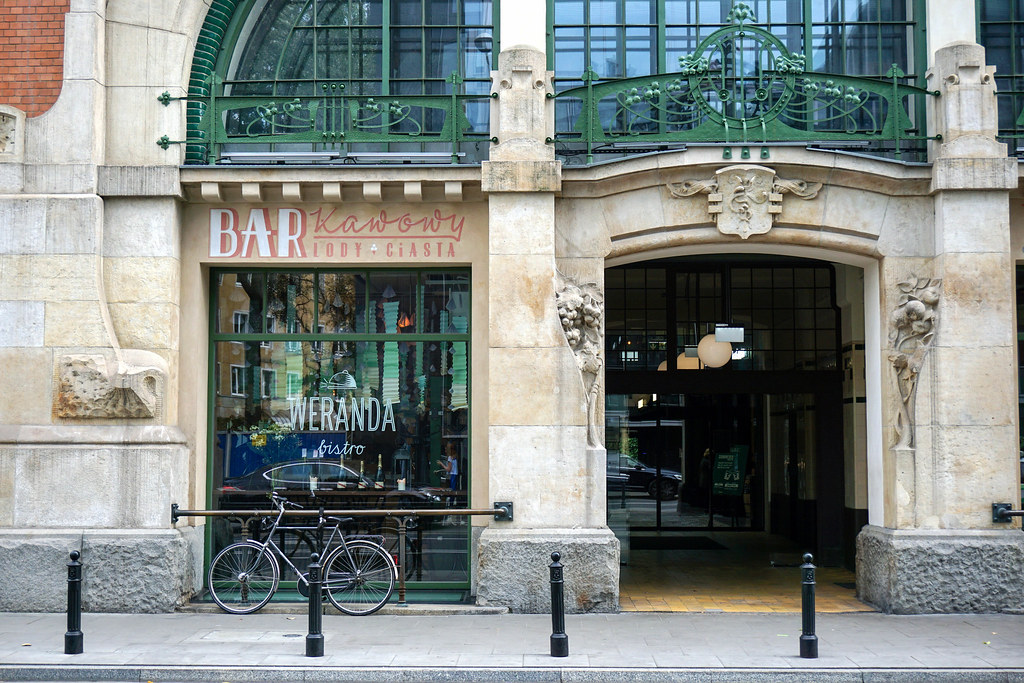Hala Mirowska:
In the marketplace next to Hala Mirowska, vendors sell plums, raspberries, massive bunches of dill, mushrooms fresh from the forests, dried fish and pastries. It’s so crowded that it…
 On Monday 10th of September we started our two weeks journey within OWHC Scholarship. During this trip we will discover Young and Modern Life in World Heritage Central European Cities. We began it in Warsaw - filled with history, being an example of the transition from tradition to modernity. Most of the city was destroyed during the Second World War and - after being reconstructed - it’s constantly changing.
On Monday 10th of September we started our two weeks journey within OWHC Scholarship. During this trip we will discover Young and Modern Life in World Heritage Central European Cities. We began it in Warsaw - filled with history, being an example of the transition from tradition to modernity. Most of the city was destroyed during the Second World War and - after being reconstructed - it’s constantly changing.

